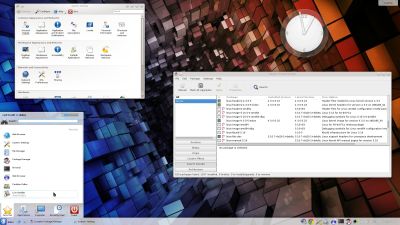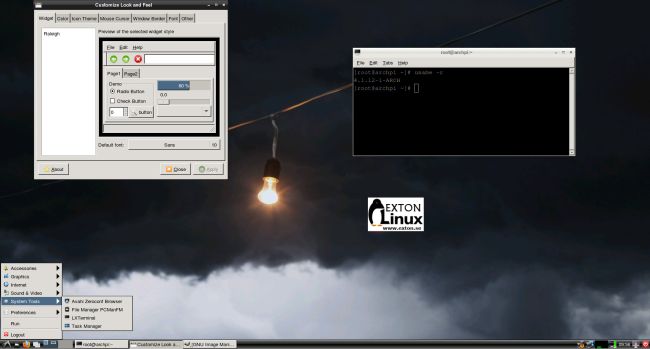 NEWS 160102
NEWS 160102
I have made a new version of DebEX KDE Live DVD. It replaces version 150830. It’s a pure Debian 8.2 system. I.e.: There are no Ubuntu or Kubuntu elements involved. DebEX KDE uses KDE 4.14.2 and KDE Plasma Desktop 5:84 as Desktop environment and kernel 4.3.0-5-exton. (Latest as of 160102). I have pre-installed Nvidia’s proprietary graphic driver 352.63. Furthermore Google Chrome to make it possible to watch Netflix movies. I’ve also added SMPlayer – an alternative to Vlc. (SMPlayer is a free media player for Windows and Linux with built-in codecs that can play virtually all video and audio formats. It doesn’t need any external codecs. Just install SMPlayer and you’ll be able to play all formats without the hassle to find and install codec packs). All other installed packages have also been updated to the latest version of 160102. Study the full package list.
Software management
DebEX (all three versions) uses Apt (apt-get) and Synaptic. I have also installed Pacapt (an Arch’s pacman-like package manager). It works extremely well. Available commands: pacapt -h. For example: pacapt -S libreoffice installs LibreOffice.
Runs from RAM
DebEX KDE can run from RAM. Use Boot alternative 2 (Copy to RAM). When the system has booted up you can remove the disc (DVD) or USB stick. You’ll need at least 2 GB RAM to run DebEX from RAM. I.e. superfast!
Screenshot of the KDE Plasma Desktop in version 160102 of DebEX KDE – pic1
Screenshot of the KDE Desktop with Netflix running in version 160102 of DebEX KDE – pic2










